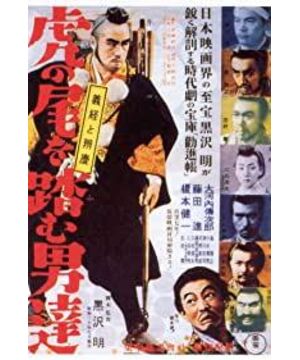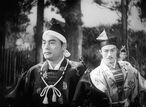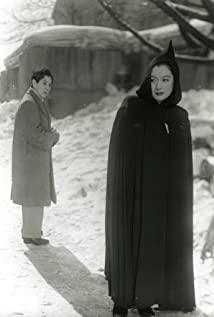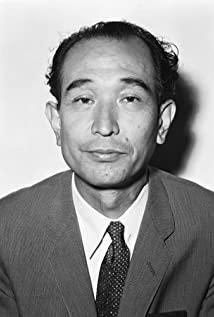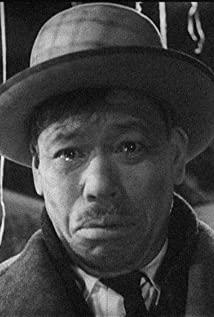reprinted the expert's comment as follows:
During the filming of this work, Japan was defeated.
At that time, the confidence of the Japanese in their own national culture could be said to have fallen to the bottom, and the Western culture brought in by the Americans was also sought after as never before.
But at this time, Akira Kurosawa was deeply immersed in the unique beauty of Japanese culture because of a red sentence, and thus created this "Treading the Tiger's Tail".
"The waterfall comes from a high place, the water at the source is calm, and it becomes a torrent here."
"I was surprised. This crimson sentence seems to be made by a layman, but its simple and serious observation, simple and pure performance, It was as if he had punched me hard in the head. I was already disgusted by the works that I only paid attention to in sculpting the words, and at the same time, I was ashamed to find that I had learned so little. This is how many things are, I think I understand, but in fact I don't. I understand. So I think we should re-learn Japanese traditional culture."
It was during this period that Akira Kurosawa gained a new understanding of Japanese culture and established confidence in his own national culture. After that, one great film after another was created.
"Treading the Tiger's Tail" is adapted from the Kabuki "Alchemy Thin", and "Algorithm Thin" is adapted from Noh's "Anzhaiguan", which describes the process of Yuan Yoshitsune and Benqing crossing the Anzhaiguan in the movie.
I don't know much about Japanese Kabuki at all, but from watching the film, I feel like I'm vaguely seeing a kind of Kabuki mixed with the movie.
While maintaining and exerting the unique beauty of Kabuki, using the techniques of film to re-express these beauty, I think this is the success of Akira Kurosawa in this film.
For example, in one of the scenes where Yuan Yoshitsune was seen through by the clown.
In this seemingly stage-like scene, Akira Kurosawa uses the rhythm and emotional atmosphere created by the music, editing, actors and the precise movement of the camera to express an unbelievably strong appeal and beauty.
But what is different from traditional Kabuki, or what is different from the original work, is that Akira Kurosawa's "Treading the Tiger's Tail" has a character that is not in the original work. He is the most important character in the film besides Benkei, played by Okawachi Denjiro. Then there is the errand power played by comedian Kenichi Enomoto.
Kenichi Enomoto, who prosecutors said was a mockery of Japanese kabuki, was in fact Akira Kurosawa's most successful creation in the Kabuki adaptation.
As Kurosawa himself explained, Don Quixote needs a comedic character like Sancho as his follower, and Yoshitsune and the others also need a comedy character like Qiangqi as his follower.
This combination of sadness and joy has also brought the whole work to a higher level.
For example, Akira Kurosawa deliberately placed the character of strength at the end of each scene, thereby enhancing the depth and tension of the work.
For example, in the previous scene, he strongly picked up the flower, wiped his nose, and looked in the direction of the people who were walking away.
Only then does the movie switch to another scene. Let the audience experience the heroic journey of Yuan Yoshitsune and others from the perspective of a small person.
View more about The Men Who Tread on the Tiger's Tail reviews


